Services -
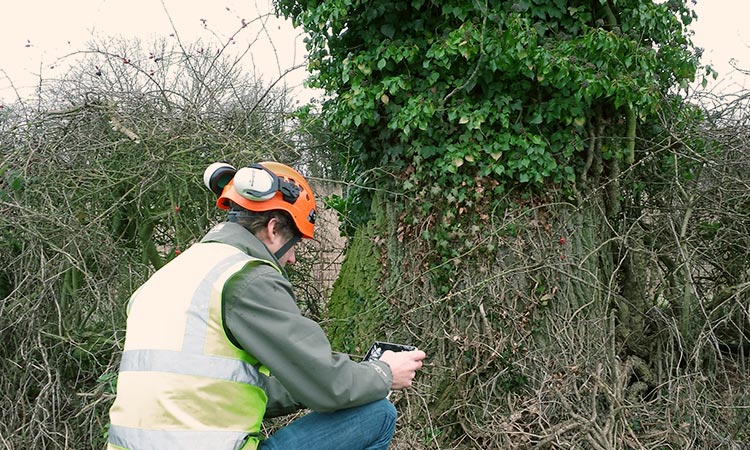
Consulting
Acorn Tree Work is qualified to give advice on a broad range of tree matters relating to conservation and planning. We recommend that all trees should be checked regularly to check for possible damage and defects.
Tree owners are advised to look carefully at their trees for signs of fungal activity at the base and root system (particularly noticeable in the autumn) and for dead and diseased branches and cavities in the stem and crown. We are happy to perform site visits and carry out visual inspections. We may also suggest aerial inspections to determine any possible defects in the crown that cannot be seen from ground level.
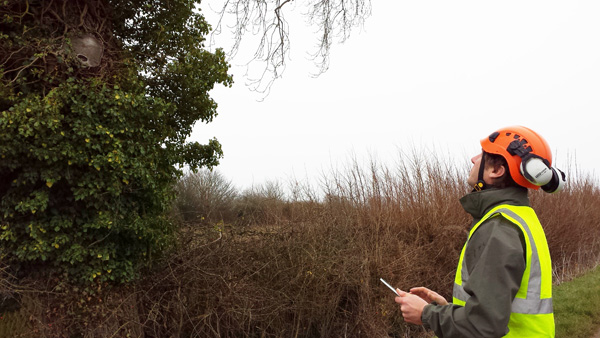
What Is A Tree Survey?
Tree surveys are commonly carried out by property developers on both public and private land. Often homeowners and property managers have a need to make a decision about what to do about a particular tree – whether it should be cut down or kept in place. A tree survey aims to give useful information about trees on the land so that the relevant parties are able to determine a course of action.
Who Can Carry Out A Tree Survey?
A qualified arborist carries out a tree survey to British Standard BS5837, a guide as to which trees are suitable for retention and which require removal from the site.
What Does A Tree Survey Tell Us?
A considerable amount of information about a tree can be gleaned from the survey. Firstly, the arborist determines the age of the tree and how much longer it is likely to survive. It is given its scientific name and its physical data is captured including its height and diameter. Investigations are also carried out into the tree’s wellbeing and its overall health and finally, a professional recommendation is given on how the tree should be managed and dealt with.
Why Would A Tree Survey Be Necessary?
Although occasionally a tree survey is mandatory in the case of preventing the accidental cutting down of a protected tree, usually a tree survey is carried out where a developer or homeowner intends to construct buildings in the area close to the trees. The information received in the report can be used by landscape designers to create accurate drafts according to the data they have received.
What Happens If A Tree Survey Shows That A Tree Is Protected?
Should a protected tree be located on land that would otherwise be developed, a landscape designer can design around the tree in question in order for it to blend into the landscape and design. It is possible that a landscape designer may also choose to retain some other trees on the land to boost the property’s value.
What Hazards May A Tree Survey Reveal?
When carrying out a tree survey, it is possible that certain hazards may be revealed that may otherwise have gone unnoticed. A tree may be discovered that is unstable due to fungal decay and could snap in high winds or bad weather. In these cases, it would be wise to remove the tree before any damage to property or injury to persons occurs.
What Happens During A Tree Survey?
A trained arboriculturalist will examine all the trees on the designated property and will tag each with a tag and number. A summary table will be produced which can be cross-referenced with the tree tags to reveal their meanings. All information should be presented in a user friendly manner. No work should commence on the land until the tree survey has been fully completed.
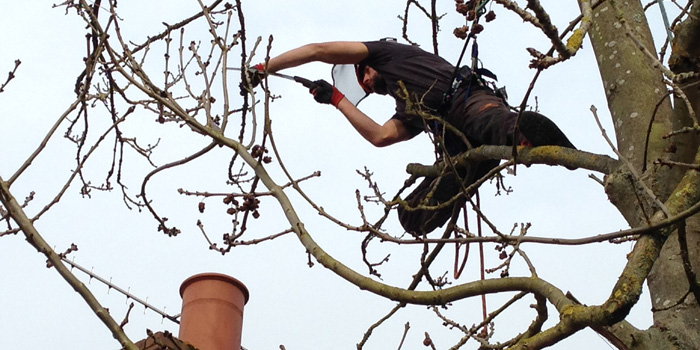
Crown Thinning & Reduction
Crown thinning is the sensitive removal of a selected proportion of the trees crown. This does not affect the overall size of the crown but allows more air and light into the canopy, reduces the weight on extended limbs and the impact of strong winds to the tree.
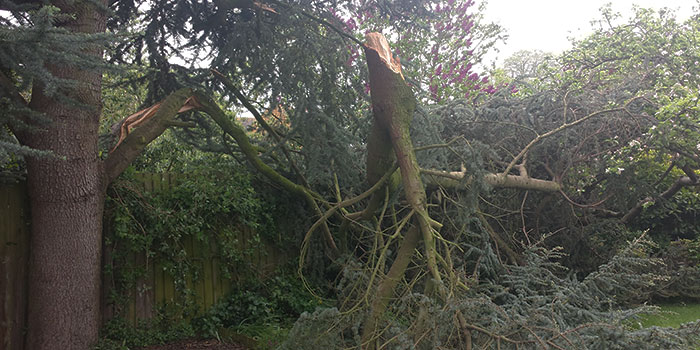
Storm Damage
Once a tree has suffered storm damage it may be necessary to remove particular sections in order to make it safe and aid its growth. This procedure generally involves removing as little as possible to ensure the health and stability of the tree.
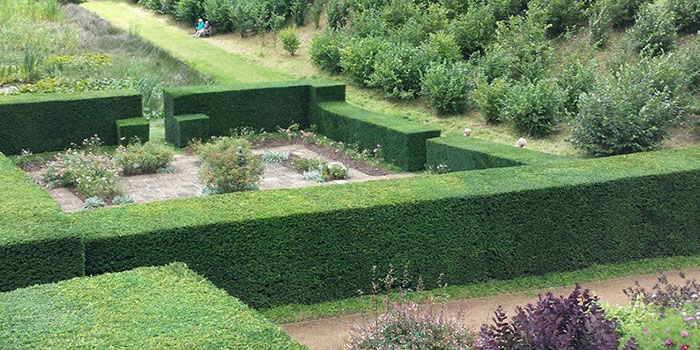
Hedging
Many gardens feature a hedge of some description that provide privacy, security and wildlife habitat. Trimming the hedge at regular intervals ensures the hedge remains neat, tidy and an attractive feature of your garden.
Leylandii hedges can grow to excessive heights and require regular attention to conform to the High Hedges Act.
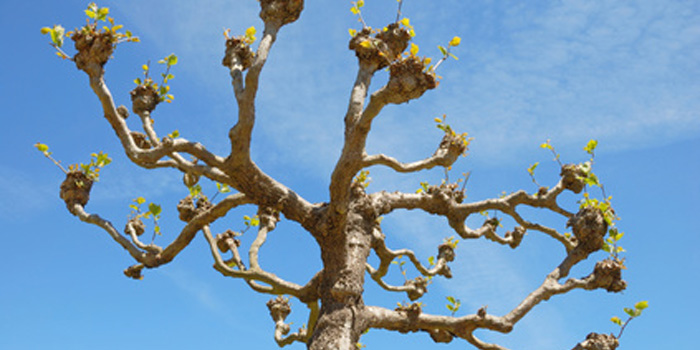
Pollarding
Pollarding techniques are used when the crown of a tree has grown too large for its location.
It may also be used in cases where severe defects or weaknesses are making the tree unstable. This technique can allow for quick re-growth of the tree.
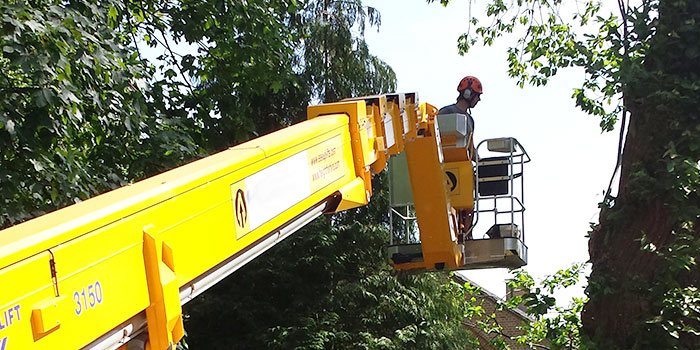
Dismantling
We are often asked to dismantle trees in both large and small spaces including areas where access is extremely difficult. We are capable of using various crane techniques whilst complying with all site safety requirements. Our skilled climbers are trained to carry out this kind of work safely and competently.

Felling
Sometimes the condition of a tree can be so hazardous that a felling is the only option available. Providing that there is sufficient space we can use this method as it is much quicker than performing a full dismantle. Our Tree Surgeons can control the direction of the trees fall using various winching techniques.

Stump Grinding
Tree stumps are usually an eye sore, difficult to mow round and hazardous. The tree stumps are removed using grinders that are both fast and effective up to a depth of 40cm below ground level.

Site clearance
This is where all of the trees and shrubs are completely removed from an area. We have the staff and equipment to offer a full site clearance whilst taking care of the habitat of protected animals.
